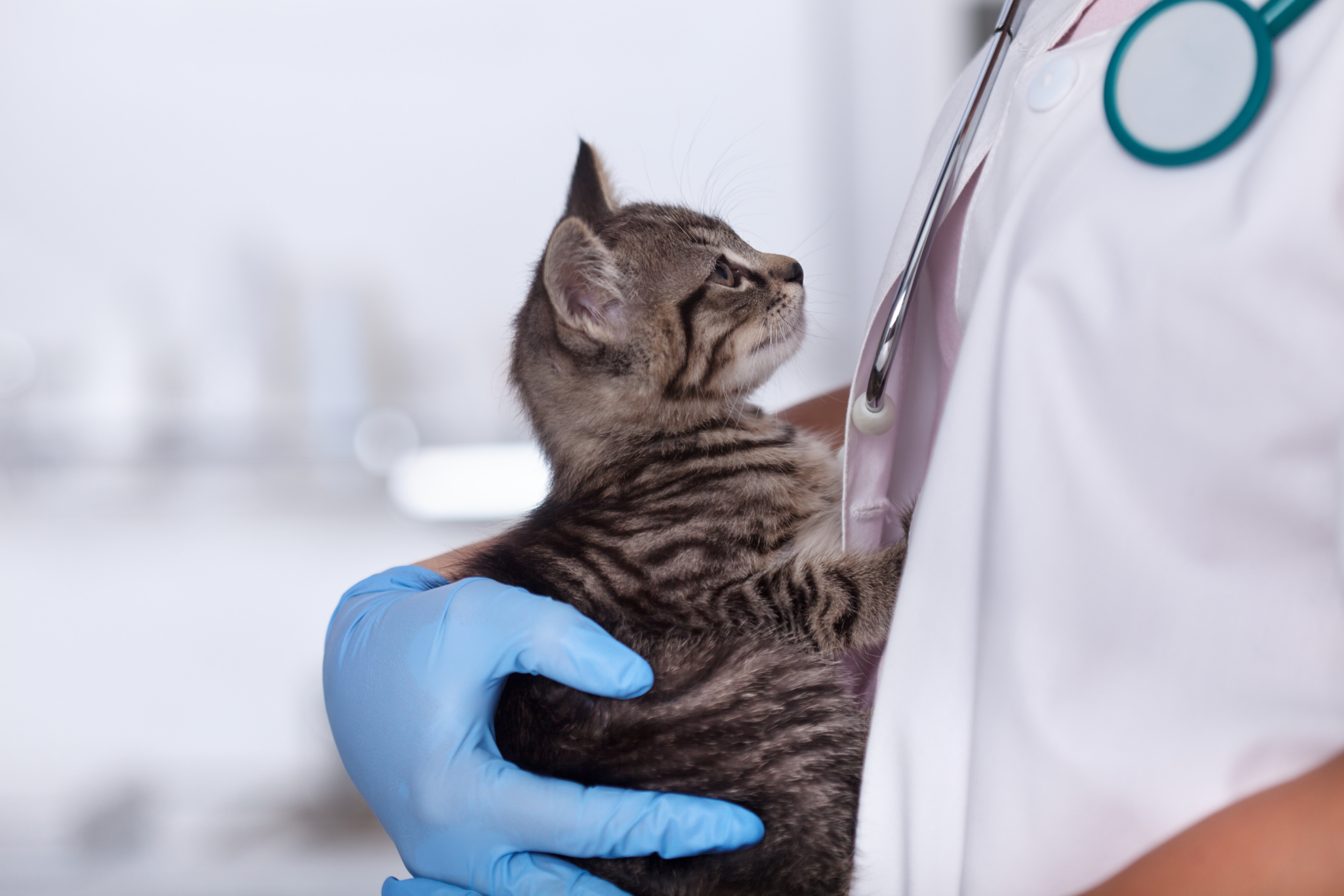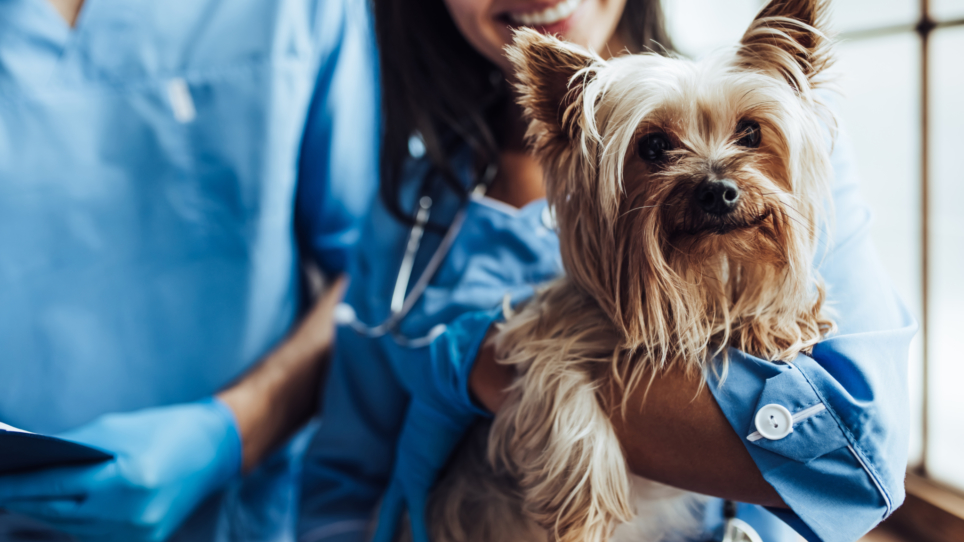If you’ve ever felt anxious about your pet getting lost, you’re not alone. All pet owners worry about what they’ll do and how they’ll find them if their pet wanders off.
Thankfully, there’s a way to increase the chances of being reunited with your pet in the event this does happen. All you need to do is make sure they are registered and microchipped.
But what exactly does the microchipping process involve? We spoke to Animal Welfare League staff member, Jess Gibbons, to find out what is involved so you and your pets know what to expect.
What is a microchip?
“A microchip is just a way to identify pets,” Jess said.
“It’s a small chip with a unique number. That number is then recorded on a microchip registry with the owner’s contact details.”
“That way, if the pet is found wandering the streets, the microchip can be scanned at an animal shelter, vet or council. The microchip registry is the searched by an authorised person and the owner can be contacted and reunited with their pet.”
According to Jess, microchipping your is one the most responsible things you can do as a pet owner.
“It’s a really simple and easy thing to do, but it significantly increases the chances of you being reunited with your pet if they do happen to get lost,” she said.
You can find out more about the importance of microchipping your pets, as well as how to update the details on the microchip, here.
Only authorised microchip implanters can microchip pets. You can get your pet microchipped at any vet, and many councils run microchipping events at various times during the year in partnership with a service called ChipBlitz.
Remember, it is mandatory in South Australia for all dogs and cats to be registered and microchipped.

What is the microchipping process?
The microchipping process is a quick, safe and simple procedure, meaning it can be done while your pet is conscious as a standalone procedure. It can also be performed when your pet is under anaesthetic for another procedure, such as desexing,
The microchip, which is smaller than a grain of rice, is implanted under the skin in between the shoulder blades.
This process only takes a few seconds, however it can cause some slight, short-lived discomfort for your pet, meaning they may flinch or vocalise during the procedure.
“When it comes to the procedure, some animals barely notice it – others might flinch a little, but they forget about it after a few seconds,” Jess said.
The clinic may also place a small tattoo in the shape of an ‘M’ in your pet’s right ear to signify that the animal is microchipped. This is entirely optional, and the vet will get your permission beforehand. This procedure will only ever be performed on an animal that is under anaesthetic.
If you adopt an animal from Animal Welfare League, you won’t need to worry – it will already be desexed, microchipped and vaccinated.
“Every animal we adopt out will have a microchip – it’s the law but it’s also a really important aspect of pet ownership,” Jess said.
“It’s not just important to make sure your pet is microchipped. You also need to make sure you update the details on the chip if your contact number or address change.”
“Being vigilant about updating your details could be the deciding factor in whether or not you see your pet again – it’s just as important as the microchipping itself,” Jess said.
There aren’t any batteries in a microchip, meaning it will never go flat. However, it can be damaged if your pet experiences trauma to that area of their body.
For this reason, it’s a good idea to ask your vet to check that the microchip is working whenever you visit for a checkup.
How do I update the details on my pet’s microchip?
You can update the details on your pet’s microchip on the Dogs and Cats Online (DACO) website by logging in and entering the new details.
DACO is a South Australian microchip registry, however other states have different registries that they use. If you are travelling or moving interstate, it is advisable to register with another registry out of SA. That way you’re covering all the bases if your pet does get lost.
Want to find out more about microchipping?
For more information about the microchipping process, or to find out where you can get your pet microchipped, click the button below. We’ll send you an email with everything you need to know!
